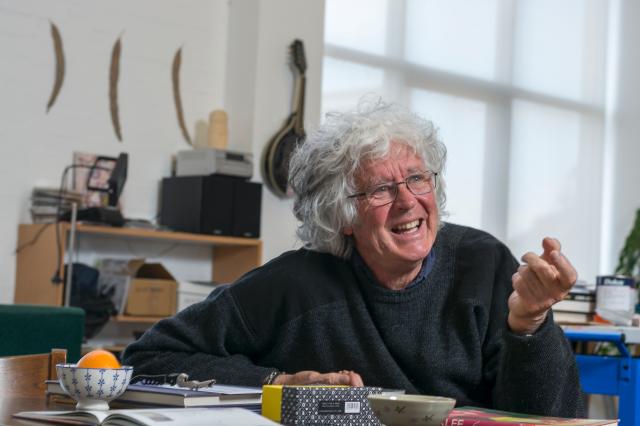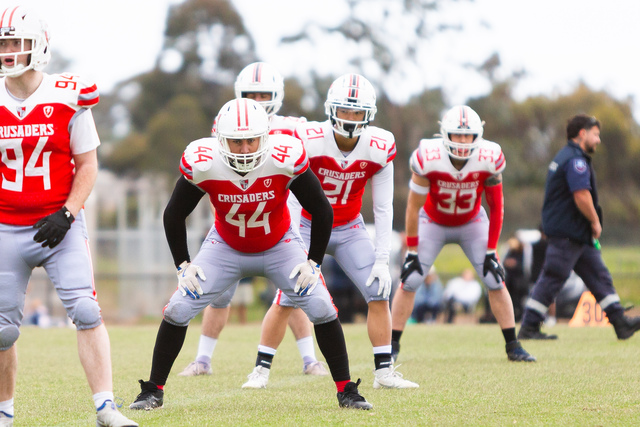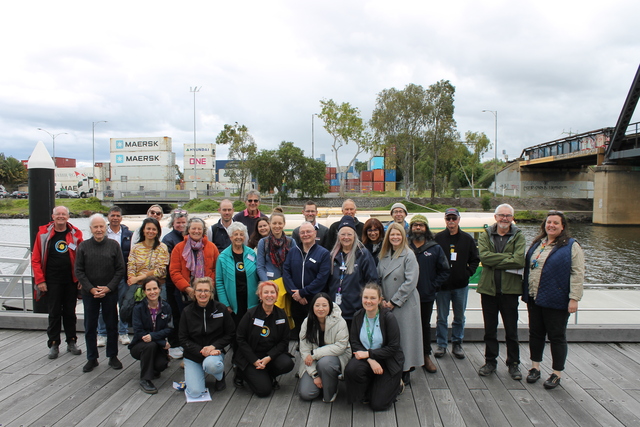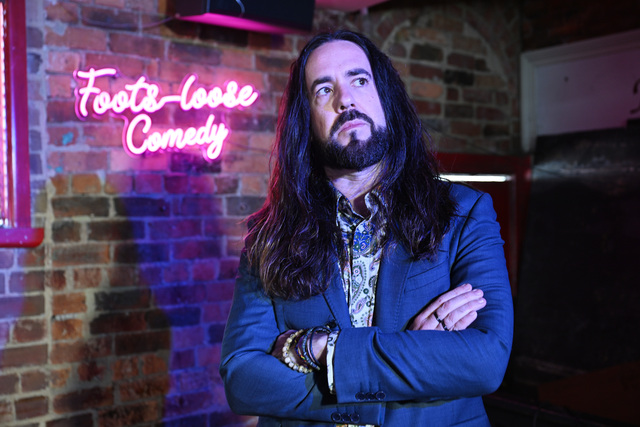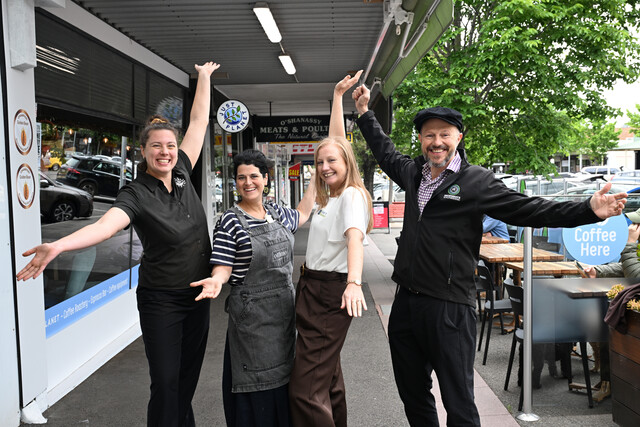If there’s one thing that unites people, it’s having grown up in Melbourne’s working-class western suburbs in the post-war migration and industrial boom years.
It’s this fierce ownership of place that inspired How the West was One: Memoirs of Melbourne’s Western Suburbs – a compilation from 39 contributors to be launched on November 12.
Childhood friends Karyn Howie and Sue O’Brien collected the stories from the likes of comedian Rob Sitch, cartoonist Michael Leunig, actor Kevin Harrington, Sun Theatre owner Michael Smith, Western Bulldogs’ author Kerrie Soraghan, musicians Mark Ferrie, Wendy Stapleton and Pat Wilson, and journalists Josephine Cafagna, Lina Caneva and Tony Leonard.
The book tells of the tough life of migrants, local characters and the physical labor in the abattoirs, factories, kitchens and transport hubs.
Howie and O’Brien state in the book that when someone who grew up in the western suburbs in the 1950s, ’60s or ’70s meets another person from the same background, there’s always a shared excitement.
“It’s about the bursting pride that every westie felt when the Bulldogs won the 2016 AFL premiership,” they write.
“It’s about giving something a red hot go, working hard, looking after each other, having a good laugh but never ever getting too full of yourself.”
Harrington, who states in the book that it was a privilege to grow up in Footscray, recounts telling his late mum he was working with Sitch. “You be nice to the Sitch boy,” his mum had said. “Why,” he had asked. “Because he’s important?”
“No,” she had replied. “Because he’s local.”
“People from the west may not have much but what they have, they share,” Harrington writes. “When a local has some success, we all celebrate their victory. And if one of our neighbours falls down, they will be picked up and comforted.”
Leunig, who also grew up in Footscray, writes about his struggles at school but with a reminder that there are different types of wisdom.
“Our days were filled with the music of chattering machine guns, used for testing the bullets and, across the road, the largest rubbish tip in the western suburbs billowed flames, toxic smoke and giant rodents into the world, giving a spiritual, apocalyptic atmosphere to our otherwise plain little education humpy perched there beside two abandoned quarries and a working one at the rear that never stopped exploding and sending great lumps of basalt shrapnel into orbit over the bleak windswept fields of despairing Scotch thistles around us,” he writes.
All profits from the book will go to Western Chances, which supports young people in Melbourne’s west to achieve their potential.
The book will be available to purchase online from November 13 at howthewestwasone.com.au

